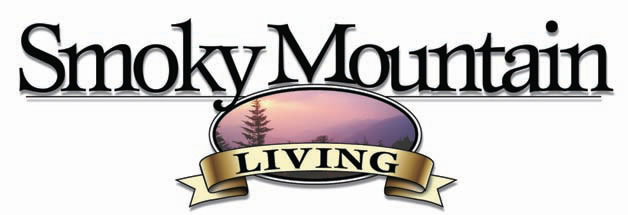The first Lichen BioQuest in the Great Smoky Mountains National Park is planned for June 19 and 20, 2004 at the Great Smoky Mountains Institute at Tremont near Townsend , Tennessee . Lichenology experts will give lectures geared to a general audience that explain: What is a lichen? Where do lichens grow? How to collect and preserve lichen specimens? How to recognize growth forms? How to identify lichens? Lichen terminology will be demonstrated with picture images and hands on experience using examples of different lichen species. Examples of different lichen groups will be identified using stereomicroscopes and chemical tests. Students, teachers, park volunteers and staff are encouraged to attend. Field trips will target different habitats throughout the park. The All Taxa Biodiversity Inventory study sites will be targeted, for example, the Tremont Tulip Poplar site nearby, among others. Lichen collections will be displayed on tables, identified, and be available for public viewing.
Distinguished Researchers
Principal Investigator
 PI Name: Dr. Harold W. Keller
PI Name: Dr. Harold W. Keller
PI Organization: Botanical Research Institute of Texas
Assisting Investigator
 AI Name: Dr. Joseph Ely
AI Name: Dr. Joseph Ely
AI Organization: University of Central Missouri
Primaary Taxonomist:
Taxonomist Name: Dr. Harold W. Keller
Taxonomist Organization: Botanical Research Institute of Texas
Literature References:
Great Smoky Mountains National Park’s First Lichen Bio-Quest
Abstract:The first Lichen Bio-Quest was held at the Great Smoky Mountains Institute at Tremont near Townsend, TN, on 19–20 June, 2004. More than 30 participants included high school teachers and students, Park volunteers and staff, area residents, and professional lichenologists. The primary goal was fi rst to provide an educational component, including lichen morphology, growth forms, terminology, and identification using lecture and video-microscopy presentations, followed by a field component collecting lichens in different habitats. H. Thorsten Lumbsch, an expert on crustose lichens, and Steven B. Selva, an expert on calicioid (stubble) lichens, served as instructors, foray captains, and helped identify specimens. Lower elevation collection sites were located in the Tremont area (Lumber Ridge Trail and Spruce Flats Falls Trail) and ranged from 405–550 m. High-elevation sites (Indian Gap, Spruce-Fir Nature Trail, and the Balsam Mountain Road area) ranged from 1094 to 1706 m. Eighty-eight lichen and lichenicolous fungi species were identified, including 10 new published Park and Tennessee records. The new lichen records were: Aspicilia caesiocinerea, Calicium glaucellum, Chaenotheca brunneola, Placynthiella icmalea, Trapelia glebulosa, T. placodioides, and Trapeliopsis fl exuosa. The new lichenicolous fungi records were: Mycocalicium subtile, Phaeocalicium polyporaeum, and Sphinctrina turbinata.
Southeastern Naturalist. 2007 Special Issue 1:89–98.

























